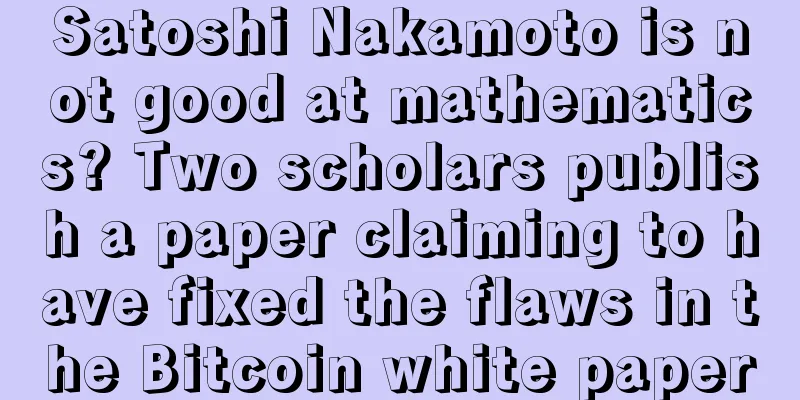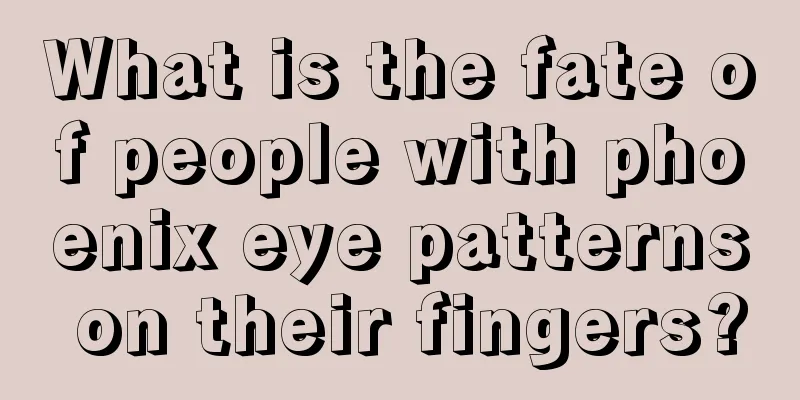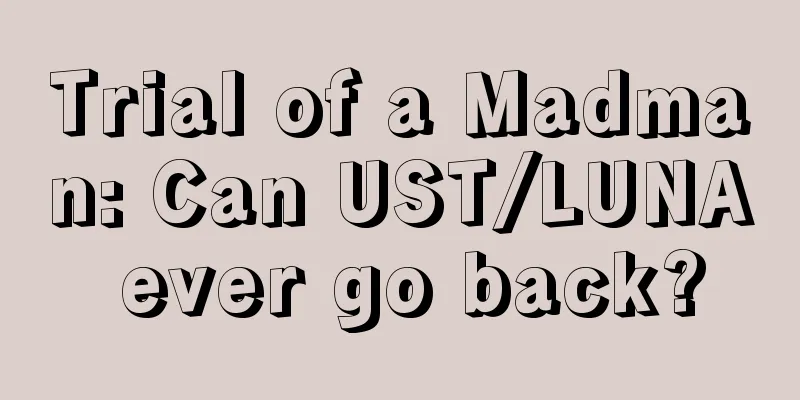Satoshi Nakamoto is not good at mathematics? Two scholars publish a paper claiming to have fixed the flaws in the Bitcoin white paper

|
The mathematical achievements of Bitcoin founder Satoshi Nakamoto have been questioned by two mathematicians. In Chapter 11 of the Bitcoin white paper, Satoshi Nakamoto explains that the majority of honest miners can always outperform the minority of dishonest miners. As a key innovation of digital currency, this ensures that once transactions have enough confirmations, they are almost irreversible, which effectively solves the double-spending problem. However, as Israeli mathematician Meni Rosenfeld explained in 2012, Nakamoto was only making some simplifying assumptions. While Bitcoin mining is a random process, Nakamoto did not fully take into account that both honest and dishonest miners can be lucky or unlucky. Cyril Grunspan, a mathematician at Leonardo da Vinci School of Engineering (ESILV) in Leonardo, and Ricardo Pérez-Marco, a mathematician at the French National Center for Scientific Research, have taken this randomness into account and published a new paper (full text download) that finally corrects Nakamoto's "error".
Essentially, the Bitcoin whitepaper assumes that two factors are needed to calculate the irreversibility of a transaction. Satoshi correctly assumed that the total computing power of the attacker is one of the factors: as the attacker controls more computing power, more confirmations are required. Then, Satoshi correctly assumed that the number of transaction confirmations is another factor: the more confirmations a transaction has, the more secure it is. Grunspan and Pérez-Marco now show that a third factor also comes into play: the deviation from the average mining time of honest miners when they find a block, i.e. their "luck". If they are very lucky and find a block faster than average, their chain may be further ahead, and attackers will have less time to secretly mine an alternative chain. On the other hand, if honest miners are unlucky and find blocks slower than average, they may be at a disadvantage. As a result, attackers will have more time to mine an alternative chain. what does that mean?The good news is that Bitcoin is still working as Satoshi intended. “In this paper, we show that as the majority of honest miners find more blocks, the probability of a double spend drops to zero,” Grunspan said. In other words, it becomes increasingly difficult for a small number of attackers to catch up and surpass the majority of honest miners. In other words, the security assumptions in Satoshi’s white paper need to be slightly modified. Not only the attacker’s computing power and the number of blocks behind the attacker must be taken into account, but a third factor must also be taken into account. In their paper, Grunspan and Pérez-Marco explain the importance of this issue.
Since double-spending prevention is the core innovation of Bitcoin, the simplification of mathematics in Satoshi’s white paper is remarkable, especially for mathematicians. Therefore, Grunspan does not allow such errors to happen, but from another perspective, it is understandable to simplify assumptions in the white paper. Perhaps, it reveals another hint about the origins of Bitcoin.
|
>>: If the ETF resolution is officially passed, what impact will it have on the price of Bitcoin?
Recommend
Eyebrows indicate good or bad luck
Eyebrows indicate good or bad luck Long eyebrows ...
The character and fate of a woman with three white eyes. Is it good for a woman to have three white eyes?
What is the personality of a woman with three whi...
From 0 to 1, what did IPFS go through?
"Vitalik, Gavin Wood, Juan, this is the most...
The face of a woman who is born to be a punching bag
It is obvious that things cannot be obtained just...
BTCHD coin, new virtual currency mining tutorial, x11 algorithm new coin, Dash mining machine can mine!
Prisoner of War Algorithm: x11 Wallet download: h...
Digital Asset Partners with Swiss Financial Firm SIX to Create ‘Roadmap’ for Blockchain Applications in Securities Market Infrastructure
A major Swiss financial infrastructure provider h...
Plan to produce 400,000 mining machines per year remains a mystery, 7-nanometer chip development lags behind, and Ebang cuts production to survive
Text|Wu Xusheng Editor|Hoho, Wendao Recently, Eba...
Why should we look at the wisdom line on the left side of a man's palm?
Why do we need to look at the wisdom line on the ...
Market plunge: Who is selling “value coins”? How long will it take to digest the selling pressure?
On July 5, the crypto market experienced another ...
How to read the five senses
Speaking of physiognomy, in fact, in life, many p...
The second wave of policy spring breeze: the “Trump-style revival” of old public chains
Recently, the price of XRP has soared to $2.84, a...
Communications Industry Dynamics Tracking Weekly Report: Staying True and Surprising, Grasping the Themes of Blockchain and Satellite Communications
Introduction to this report : The Global Central ...
Is it okay for people with square chins to be in a certain area?
The chin is relative to the forehead, and refers ...
Characteristics of women with deep love lines
There are countless lines on the palms, and some ...
What kind of women like older men?
Different people have different standards for wha...









